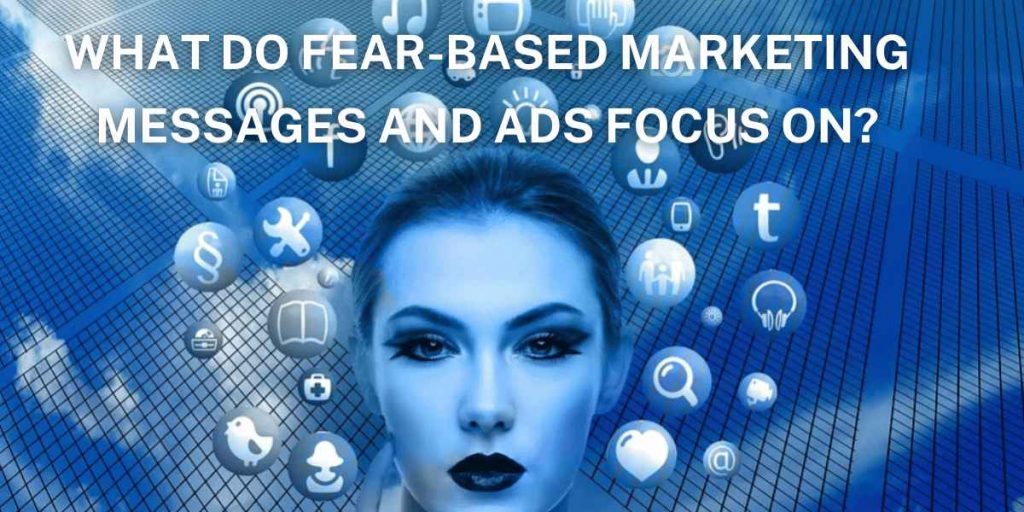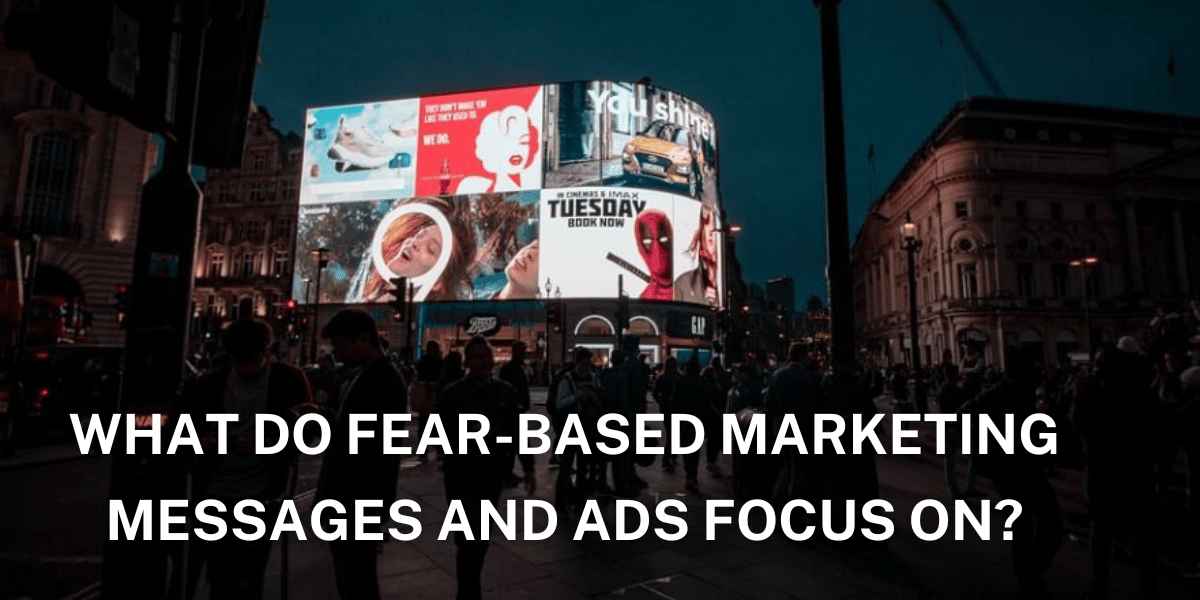It’s no secret that fear is a powerful motivator. Whether it’s the fear of the dark, spiders, or snakes, our natural instincts kick in and help us survive. In fact, fear-based marketing messages are some of the most effective out there. While this may be helpful for some businesses, it can be problematic for others.
For example, if you’re a business that sells products that could potentially harm someone (like firearms), then you may want to steer clear of fear-based marketing. In this blog post, we will explore what fear-based marketing messages and ads focus on and why they work so well. From understanding human psychology to identifying your target market, read on to learn more about how to use fear in your marketing campaigns.
Different Types of Fear-Based Marketing
Fear-based marketing messages and ads typically focus on four key areas:
- Threats to personal safety and security
- Threats to the individual’s livelihood
- Personal insecurity
- Fear of the unknown or the uncontrollable
What Fear-Based Messages and Ads Are Targeted at?
Fear-based marketing messages and ads focus on creating a sense of fear or anxiety in the target audience, so as to motivate them to take action. This could include messages that promote the benefits of avoiding danger, or emphasising the importance of being safe. Fear-based advertising often uses suspenseful music, dark colours and ominous visuals to create an effective atmosphere.

One common technique used in fear-based marketing is negative reinforcement. This involves providing a stimulus (in this case, a threat) in order to elicit a response (in this case, increased vigilance). If the stimulus is followed by a reward (in this case, avoidance of danger), then the behaviour will be repeated. However, if the stimulus is not followed by a reward (in this case, risk remains present), then the behaviour will be less likely to be repeated.
Another common tactic used in fear-based marketing is Scare Tactics. These are methods that deliberately invoke fear in order to influence consumers. Common scare tactics employed in fear-based marketing include scare tactics relating to health and safety (such as product safety warnings), scare tactics related to financial products and services (such as high interest rates), scare tactics related to environmental issues (such as climate change warnings) and scare tactics related to personal finances (such as credit card application warnings).
The Effects of Fear-Based Marketing
One of the most common methods used in fear-based marketing is to focus on fear of the opposite sex. Ads and messages geared toward men typically portray women as threatening or crazy, while ads and messages geared towards women typically portray men as threatening or stupid. This type of marketing can have a lot of negative effects on both genders.
Studies have shown that fear-based marketing messages and ads can lead to negative body image in women and increased levels of anxiety and stress in men. They can also create a barrier to entering into new markets, as well as discourage people from using products or services that may be harmful. Fear-based marketing can also have a significant impact on social attitudes and perceptions, contributing to discriminatory practices against certain groups.
If You Need To Get More Information Then Click The Below Link.




